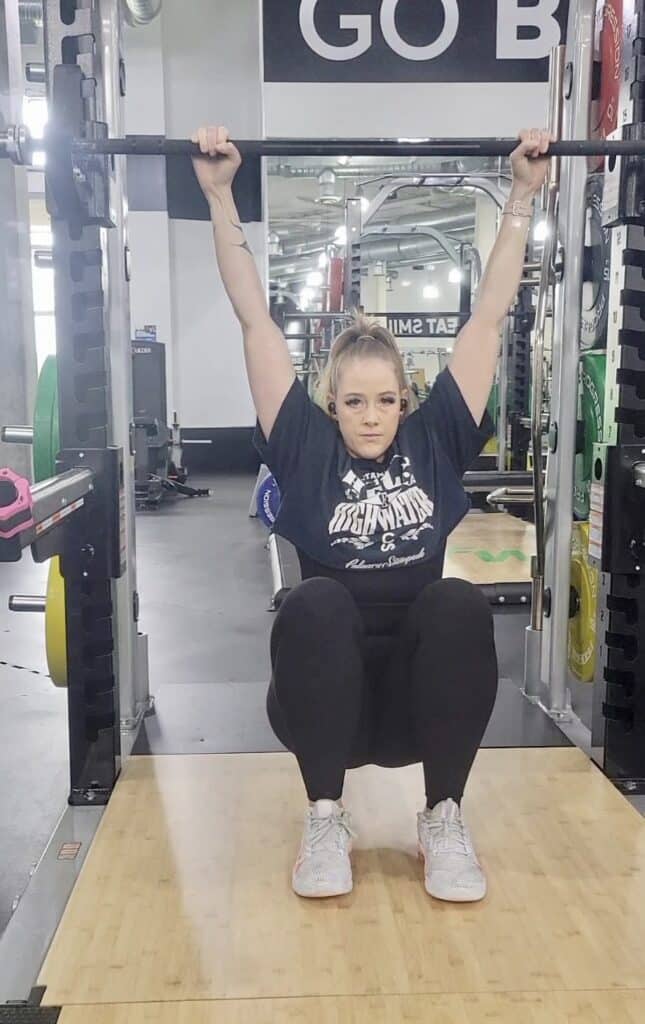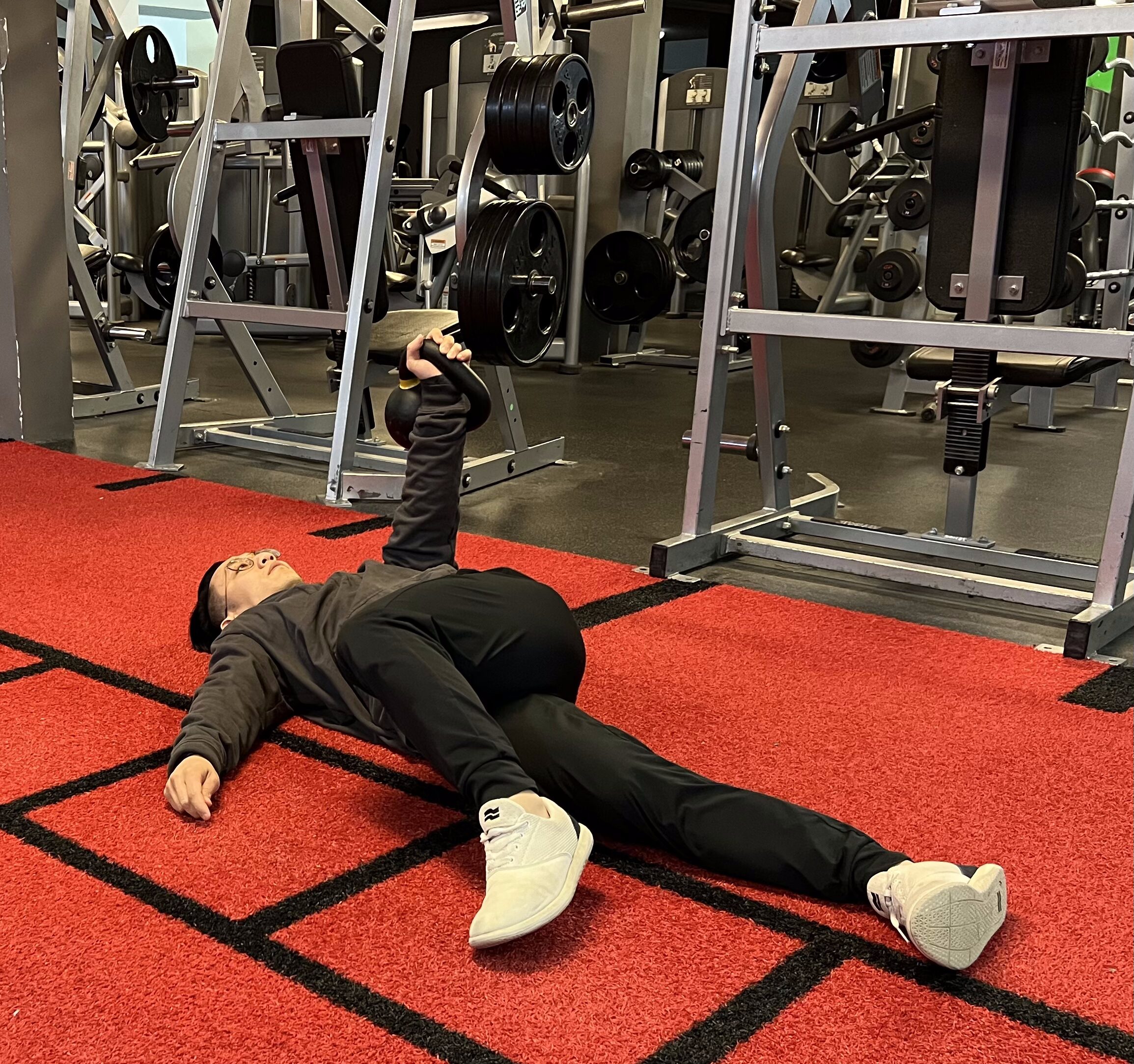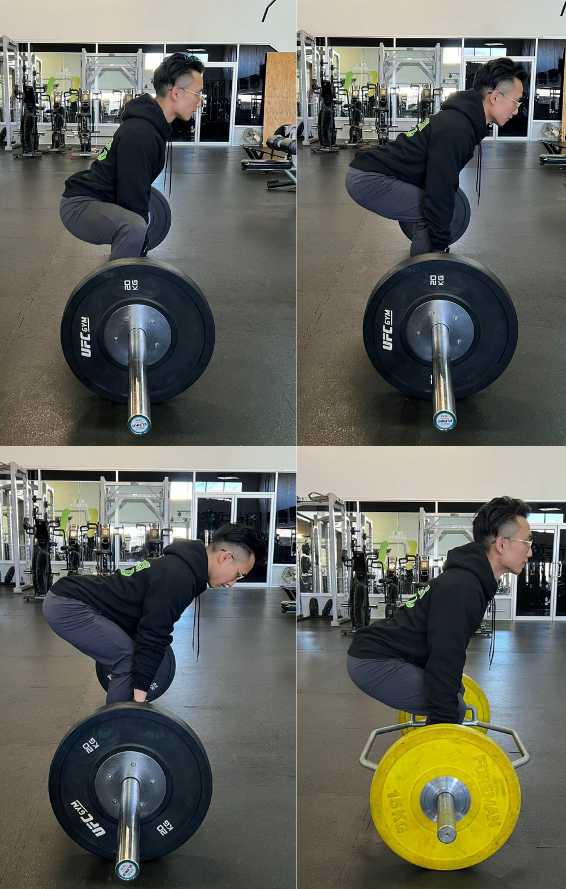July 28, 2023
The Overhead Press (OHP) – Unlocking Strength and Stability
The Overhead Press, or OHP, is a powerful expression of the human body’s overall function. It requires utilizing the entire kinetic chain and possessing adequate mobility and stability for proper execution.
Unfortunately, the OHP has gained a somewhat negative reputation due to its demanding nature in terms of neuromuscular control and the ability to achieve a full range of motion (ROM). Without sufficient mobility and stability, this lift can work against you, hindering function rather than enhancing it.
But what if we approached it differently? What if we progressed systematically to comfortably conquer the overhead position? Wouldn’t that lead to a strong and resilient body? Undoubtedly, the rewards would outweigh the time invested.
Ultimately, my goal for myself and my clients is to move in diverse ways while minimizing the risk of injury and pain. Although it’s worth acknowledging that pain and injury can still occur, individuals who can perform a well-structured overhead press have fewer concerns. The mobility and stability requirements inherently transfer to other movements, resulting in increased strength, force production, and muscle recruitment.
Solidify your Overhead Press
One common cause of poor overhead mechanics is the inability to fully extend the arms through the shoulder, elbow, and hand. This limitation impedes efficient load distribution along the kinetic chain. As a consequence, individuals tend to feel excessive strain in their shoulders, upper traps, neck, and wrists. This discomfort often deters people from performing the movement altogether.
Weakness in key muscles such as the serratus anterior, subscapularis, deltoids, traps, lats, and triceps can contribute to this issue. Additionally, individuals may struggle with generating force throughout their entire body, lacking the connection within the kinetic chain.
Many individuals spend prolonged periods in a slouched position, rarely extending their arms fully overhead. Consider the repetitive tasks of cashiers, dentists, hairdressers, and office workers, where full arm extension rarely occurs. This issue also extends to pushing movements like proper push-ups, which require complete arm extension.
You might question the relevance of addressing overhead mechanics when most people seldom go overhead. It matters because our bodies are designed to move, and the stronger we become in different positions, the more resilient we are.
So, how can we address this challenge?

I prefer to start by positioning individuals in a high plank, allowing them to load the arms in a fully or nearly fully extended position. If loading the wrists is challenging, elevating them onto a box or using a barbell in a rack setup at an appropriate height can help establish a confident long-lever plank.
Encourage them to feel their entire body engaging as they experiment with load distribution while linking the breath, which facilitates a deeper mind-body connection.
Scapular push-ups are also beneficial. Encourage individuals to focus on activating the muscles around the armpits and shoulder blades during the movement. At the top of each scapular push-up, emphasize squeezing the triceps.
Gradually strengthening the muscles involved in both arm extension and overhead movement is crucial. Furthermore, releasing the latissimus dorsi (lats) through self-myofascial release (SMR) techniques can improve their flexibility and prevent tightness while improving ROM of the shoulder.

Additionally, practicing scapular depressions by hanging from a bar with feet on the floor, pulling the shoulder blades down to enhance the necessary muscle activation. Aim for brief holds between each repetition, focusing on maintaining straight elbows. Consistent practice is key.
Begin the journey of working the arms overhead with no weight or using very light weights. Visualize pushing the arms up through the back and punching toward the ceiling.
If you struggle with constantly bent elbows, be patient with yourself and your clients as this will require time and effort.
Mastering proper overhead mechanics not only enhances your overhead press but also carries over to other movements such as front squats, bench press, push-ups, deadlifts, and calisthenics. Virtually all movements improve when you can confidently control a strong and full ROM, harnessing the power of the kinetic chain.
Finally, while partial ROM has its time and place, this guide encourages everyone to strive for a healthy body by working towards the ability to confidently execute a full ROM overhead press.
Happy lifting.
Looking to join our program to become a certified personal trainer? Let us know below to get started.
Tags:
Related Posts
We’re here to help you!
Questions, comments or want to register? Fill out the form below and we will contact you shortly. Thanks!
"*" indicates required fields



